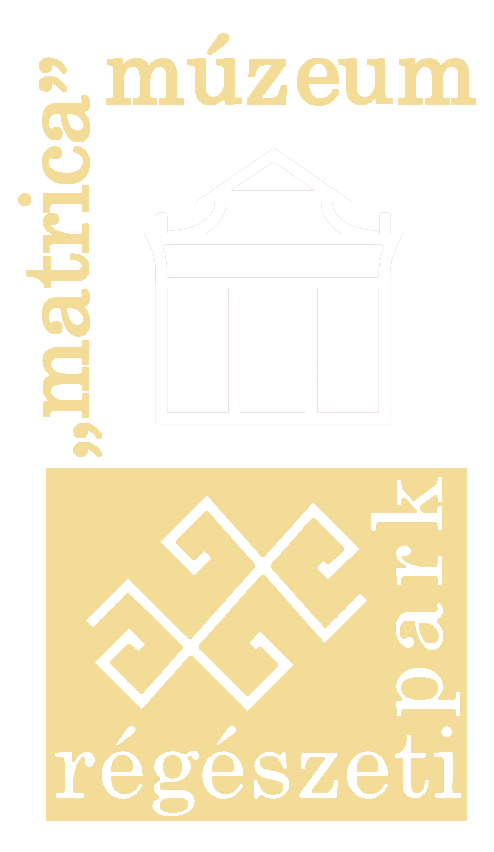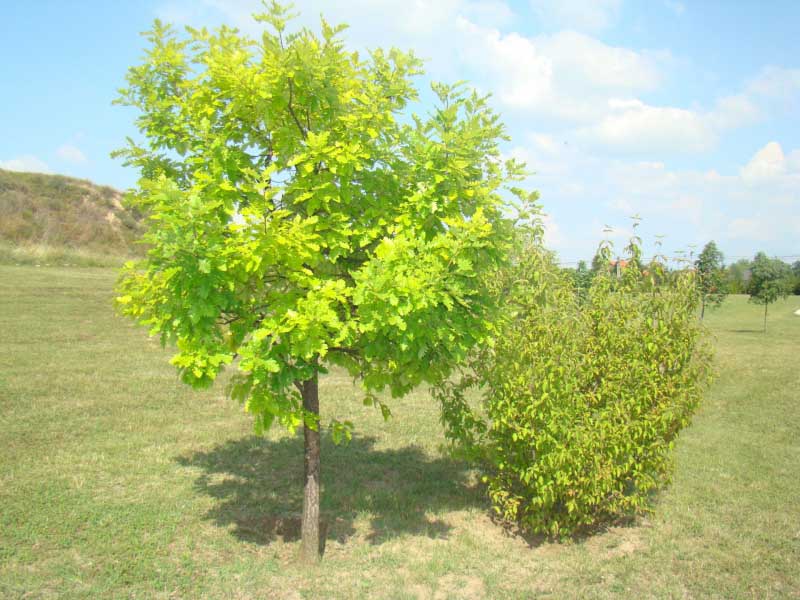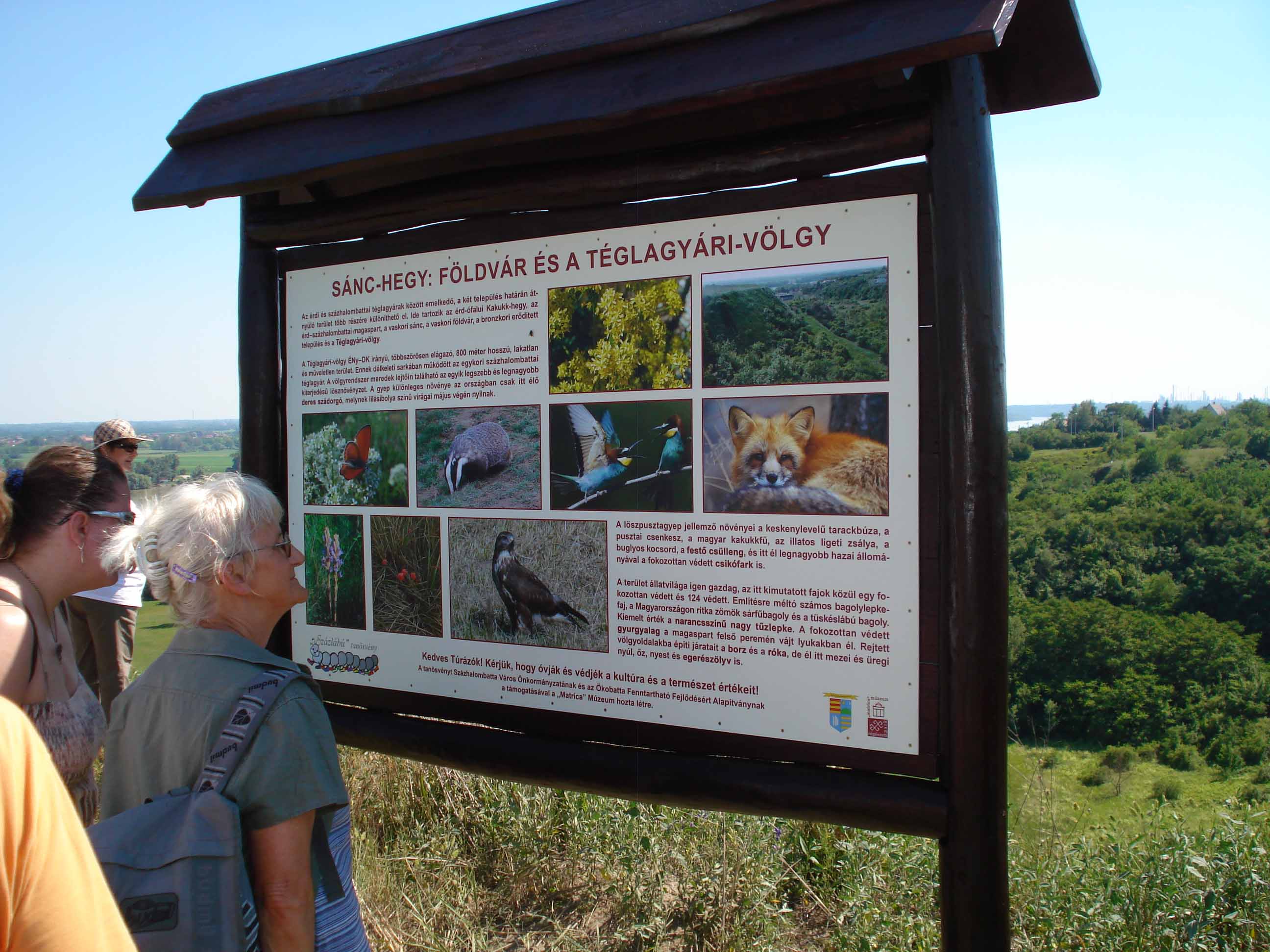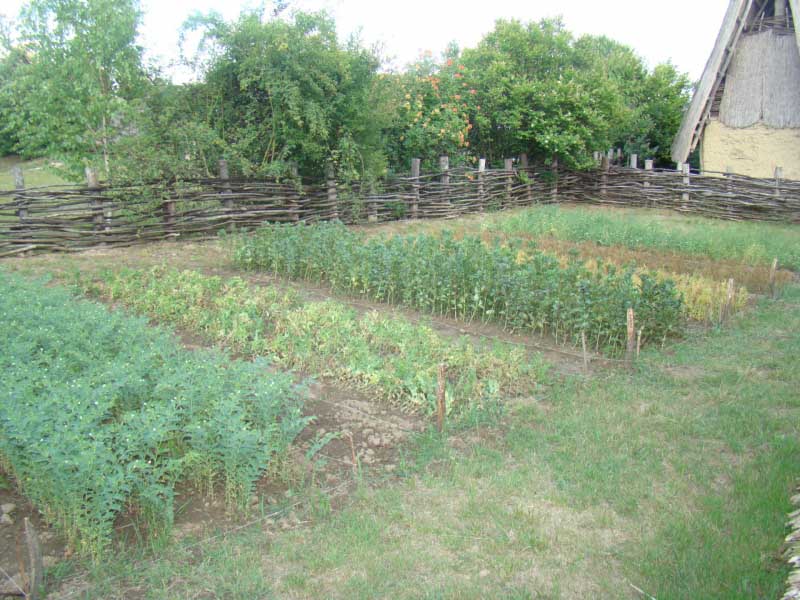Prehistoric life can be presented in a versatile and authentic way, if former environment also appears alongside the reconstructed houses.
Thus, in the Archaeological Park, the reconstructed buildings and ovens of the Bronze and Iron Ages are accompanied by environmental reconstruction.
The purpose of this is to restore and present the natural and cultural landscape of the Middle Bronze Age and Early Iron Age.
On the basis of the archaeobotanical and ecological studies, a garden engineer designed the landscape. Therefore, trees and shrubs of the typical Tatarian maple tree association of the two era were planted. From summer to autumn nature provides fresh cornelian cherry, hawthorn, rubus, blackberry, blackthorn and hazelnut.
On the eastern edge of the Park, there is a small tree nursery. This small forest, grown since 1996, is getting stronger and stronger. Birds and beetles have also settled into the forest, which nicely separates this part of the Park from the modern outside world.
Loess grassland is the native vegetation of the loess subsoil.
On the slopes of the burial mounds, rare, protected and valuable herbaceous species and their associations can be observed.
We can also observe the growth of loess colony plants in the undisturbed area of the planted forest.
Plants gathered and cultivated by man can also be found in several parts of the Park.
Bronze Age herbs and spices, as well as protein-rich legumes are grown in the small gardens of our two Bronze Age houses.
There are three experimental wheat growing parcels at the north end of the Park, where ancient wheat species are grown: emmer, spelt and einkorn.



